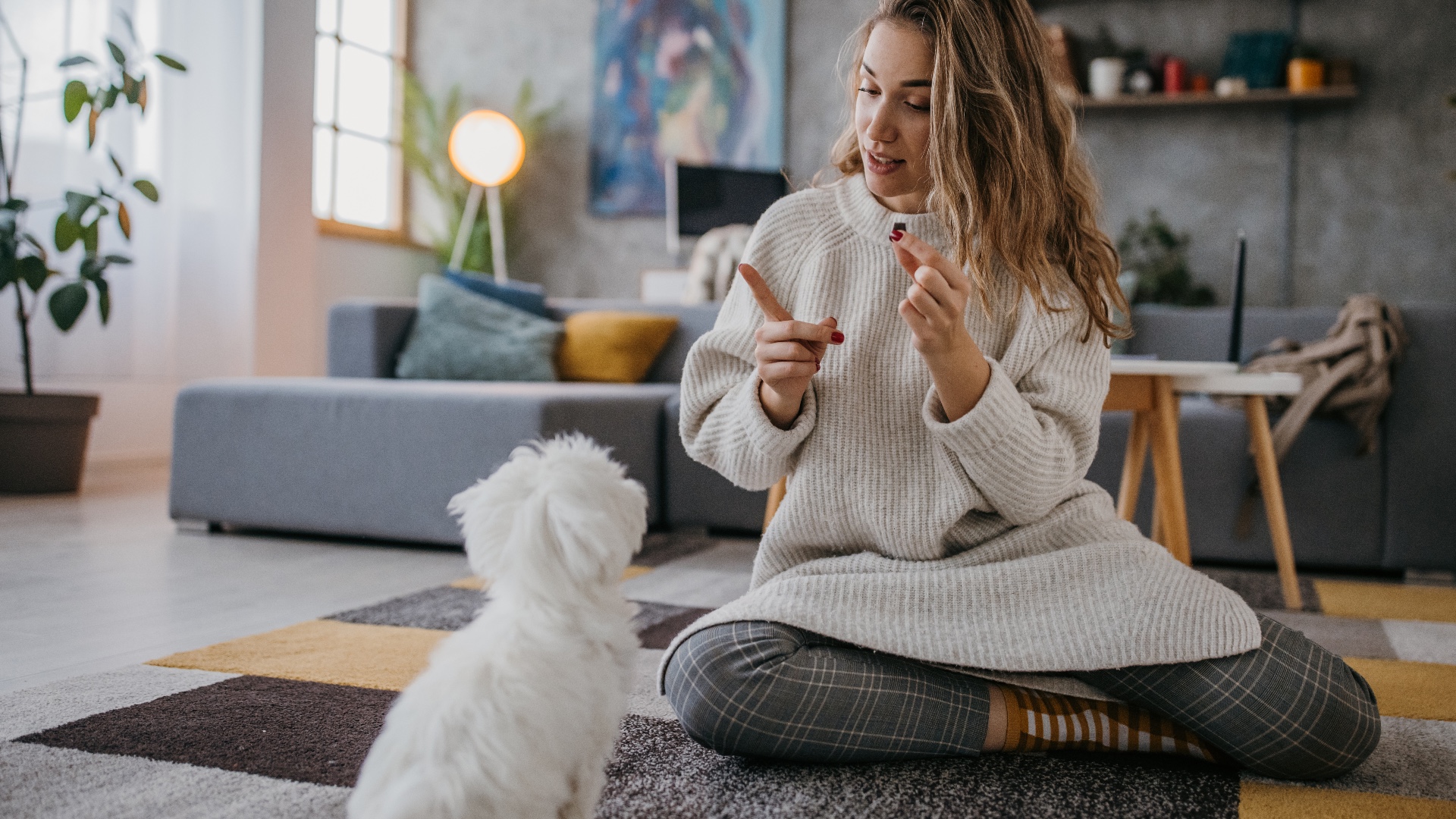
While there's no denying how much joy having a canine companion as part of your family can bring, there's one part of being a pet parent that almost everyone struggles with - and that's training.
Whether it's teaching your dog to walk well on their leash or you're trying to get them used to a few hours each day spent in their crate, if you're anything like us, you likely rely heavily on the best dog treats to help motivate and reward your pup.
But according to expert dog trainer Adam Spivey, the way we use treats could be the reason we're not seeing as much forward momentum or success as we'd like when it comes to how quickly our pup masters a new skill or behavior.
In a video shared to Instagram, which you can view above, Spivey says he often sees dog owners making the same mistake when it comes to the way they dish out treats to their canine companion.
"If your dog reacts to a trigger - i.e., another dog coming towards them - often we try to use food to hold their attention," explains Spivey. "The problem with this is as you're doing this, that trigger is getting closer and closer and closer."
Spivey goes on to say that what tends to happen is we give our dog one treat at a time but the dog then still has plenty of time to be looking at that trigger in between the treats, causing them to explode when they get close enough.
Thankfully, Spivey has a game changing solution. "When you see a dog, before your dog reacts, create as much space as you can, take a handful of treats and put those treats on the floor.
What that's going to do is it's going to bring the dogs eye level and nose down. It's going to engage the nose which is going to help the dog relax. The dog is going to then spend more time clearing up the treats on the floor."
We understand how challenging and frustrating reactivity can be. If you find that after several months of working with your dog to help them feel more comfortable around triggers that they're not making as much progress as you'd like, we recommend reaching out to a professional dog trainer for some 1:1 support.
For more great training tips, check out our guides on how to crate train a dog and how to reduce separation anxiety in dogs.







